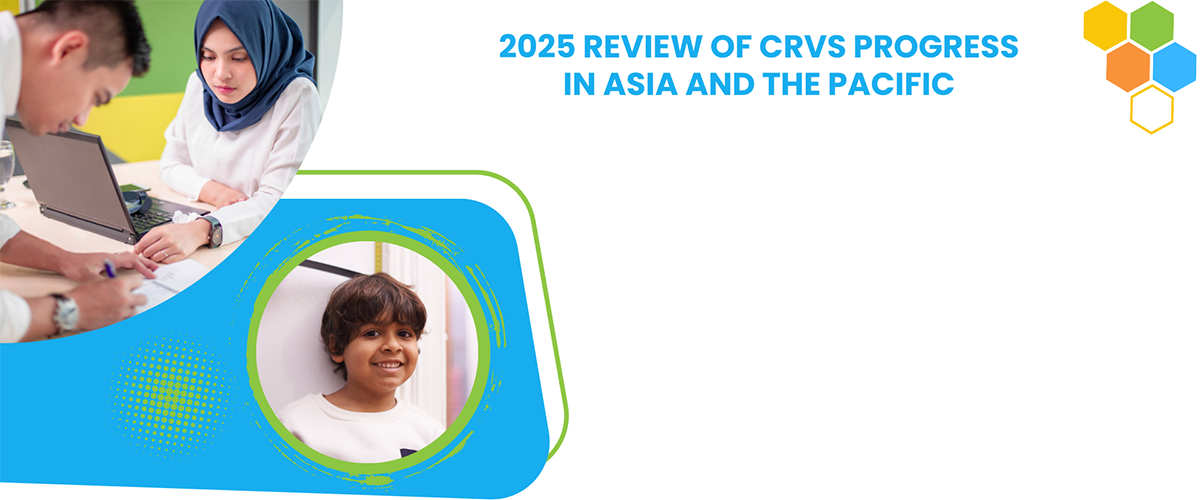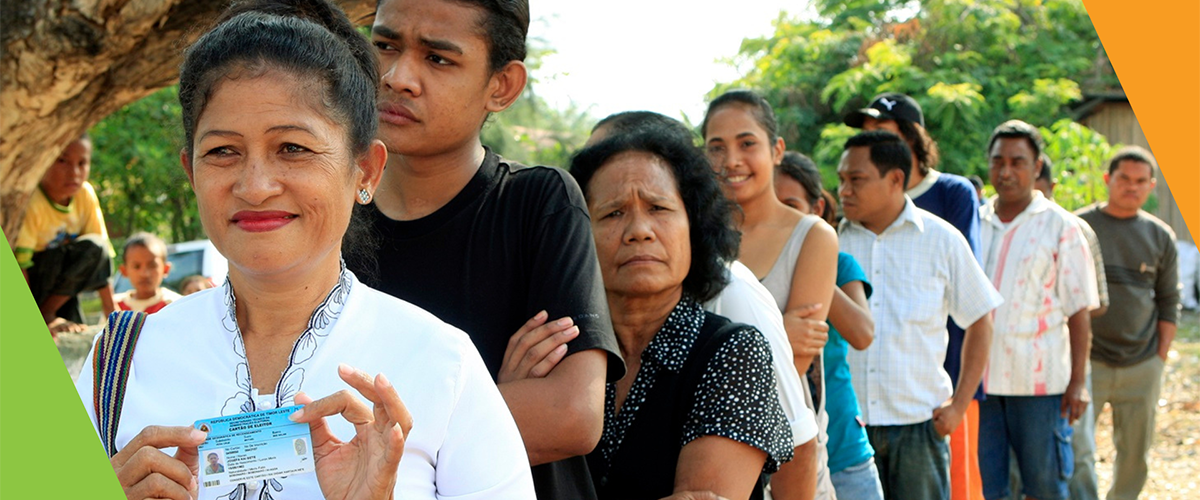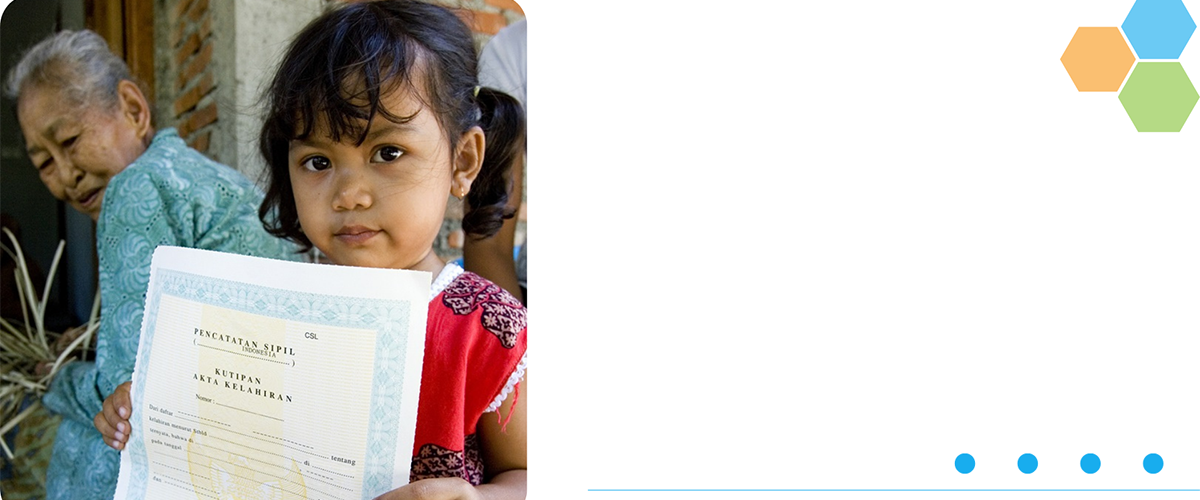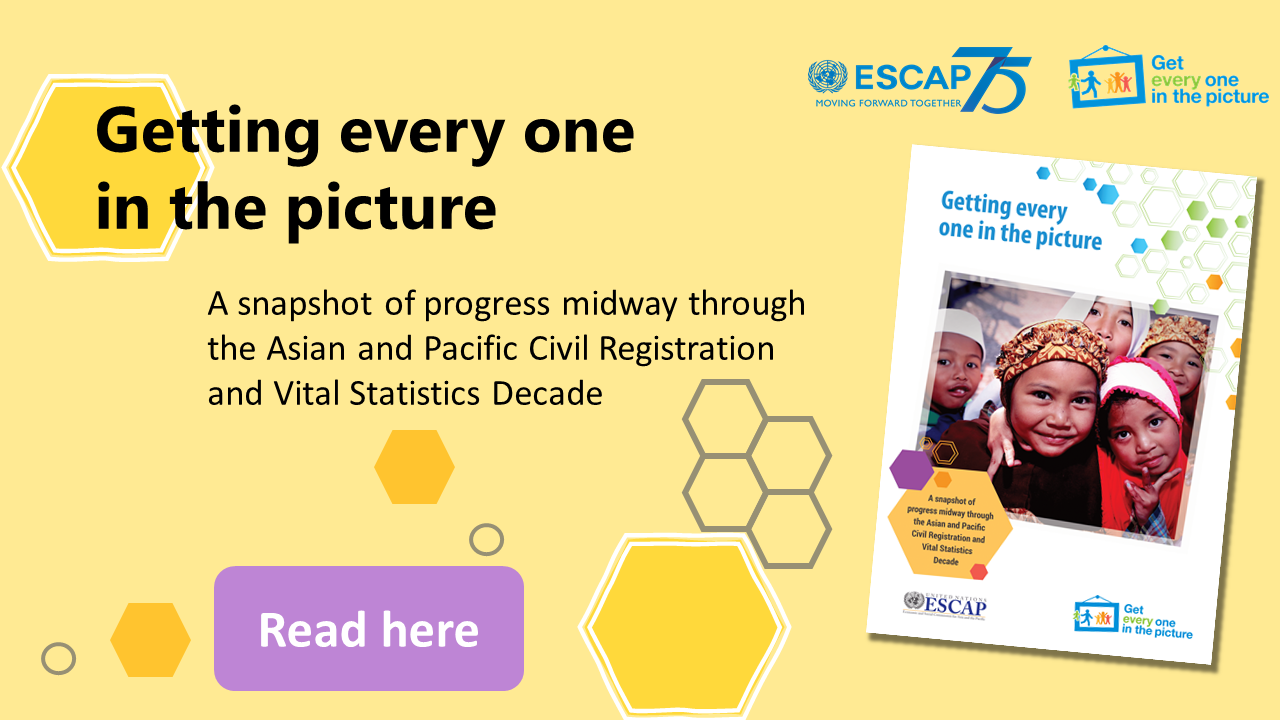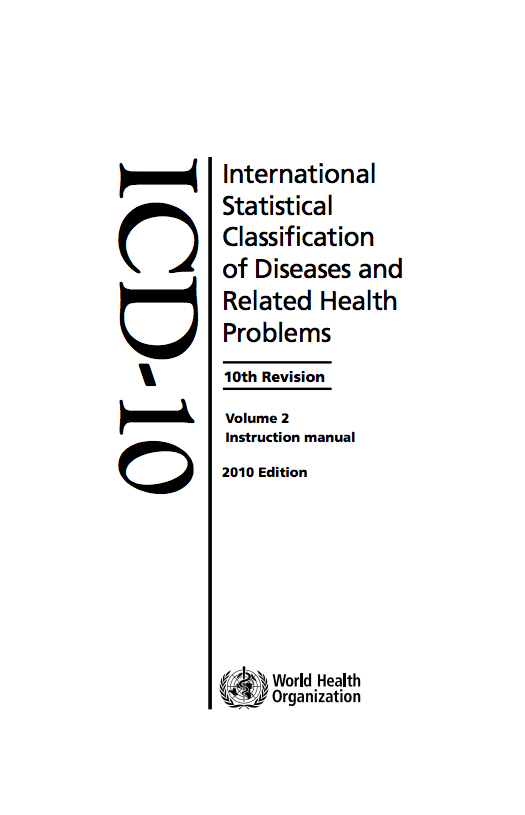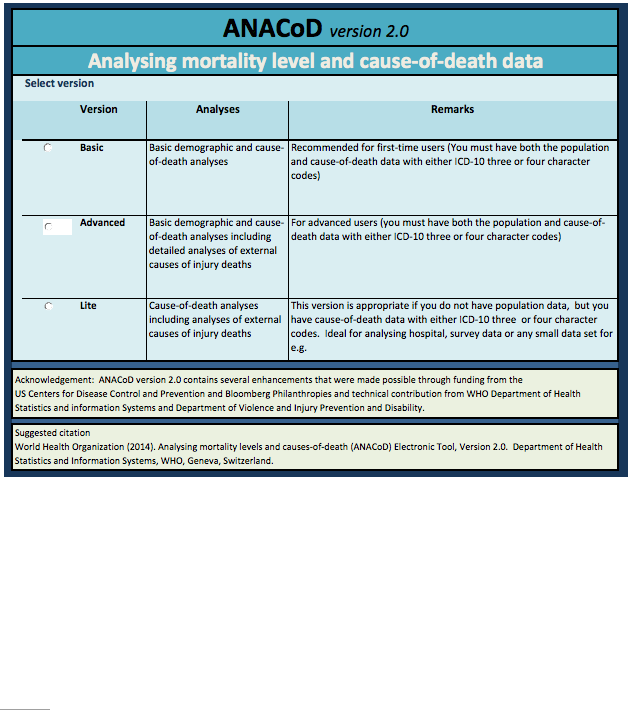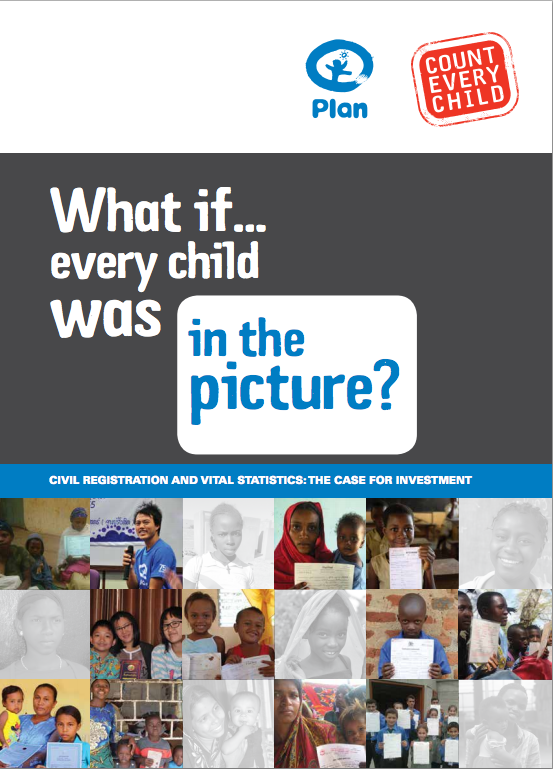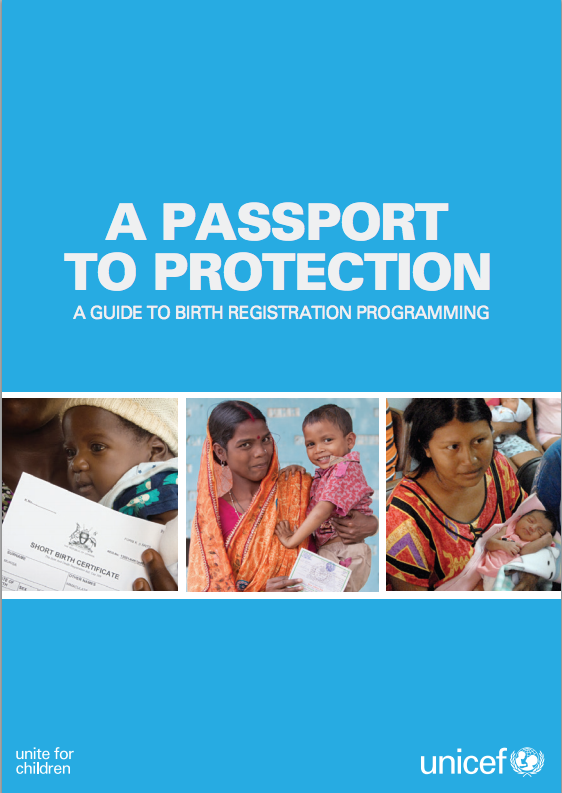WHO Rapid assessment tool
This rapid assessment tool has been developed to accompany the comprehensive guide, and countries are advised to apply it before undertaking a full review of their systems. The rapid assessment tool is not a replacement for the detailed procedures described in the comprehensive guide; instead, it provides a quick overview of how well or how poorly a country’s overall system is functioning. The rapid assessment tool consists of 25 questions, grouped into 11 areas, about how the civil registration and vital statistics systems function.


